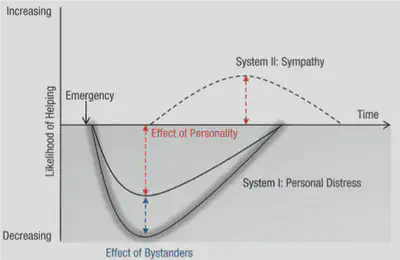Contemporary Social Cognition
In my research, I investigate the behavioural and brain mechanisms of our rich and diverse social lives. From how we communicate our emotions to why we won’t help during an emergency when other people are present. To that goal, I use neuroimaging, brain stimulation, behavioural measures, and virtual reality. In the last five years, I have begun to integrate this work with recent developments in social robotics, to study interactions with artificial agents, such as social robots. Why do we at one time perceive a robot as a simple machine, while at other times as an engaging social being? Ultimately, my goal is to integrate these two topics even further to study social interactions in a technology-rich world, that is humans interacting with other humans with or without the use of technology.
Understanding social cognition in the age of robots and algorithms.
With social robots evermore woven into the social fabric of human life, we are faced with the question how these artificial entities (re)shape our social lives. Together with my collaborators, I have described a theoretical framework that highlights how the cognitive reconstruction within the human observer shapes human-robot interaction at the brain and behavioural level. This provides the foundation of ongoing empirical investigations that is aimed to understand human social cognition during real and long-term interactions with artificial agents. Are similar behavioural and brain mechanisms co-opted when we interact with artificial agents as when with fellow humans? How and when do children and adults form relationships with new artificial intelligent technologies? How do these new interactions shape distinct aspects of social cognition (for example, emotion, reward, empathy, trust, social learning)?
More info on ongoing research can be found on the Human+ team website.

Functional convergence of cognitive factors driving socialness attribution to artificial agents within the Theory‐of‐Mind network
The bystander effect revisited
A classical finding in social psychology tells us that helping behaviour during an emergency is reduced in the presence of others (‘the bystander effect’). In this line of research, I take a novel approach and investigate the neural mechanisms underlying bystander apathy, the influence of personality characteristics, and use behavioural measures to predict helping behaviour during a violent conflict in virtual reality. Based on the outcome of these studies, I have formulated a theoretical model that integrates emotional, motivational and dispositional aspects and described bystander apathy as a reflexive emotional reaction dependent on the personality of the bystander.

Towards a motivational and integrated account of bystander apathy